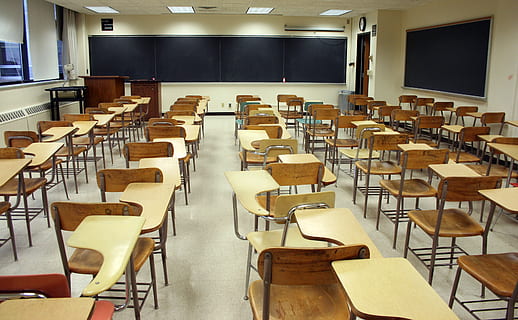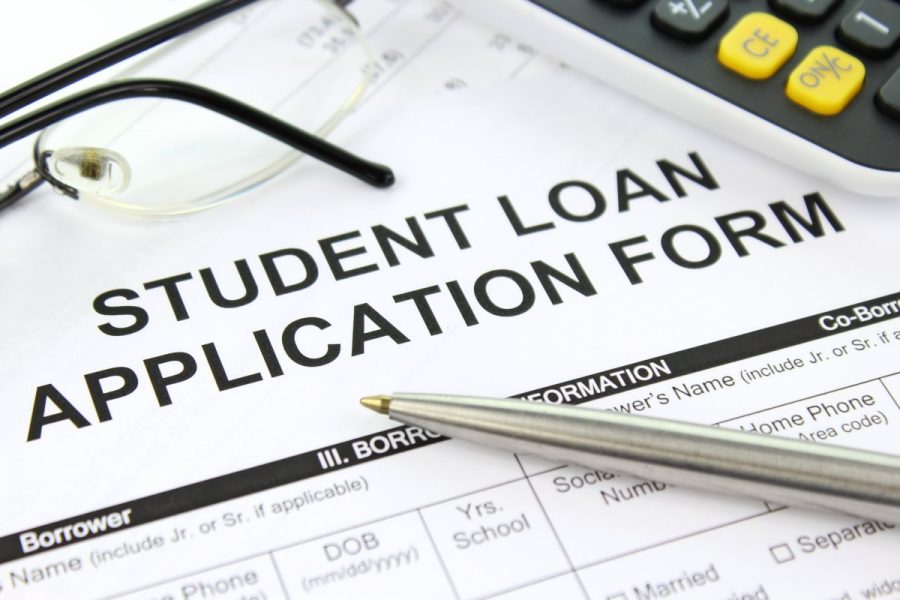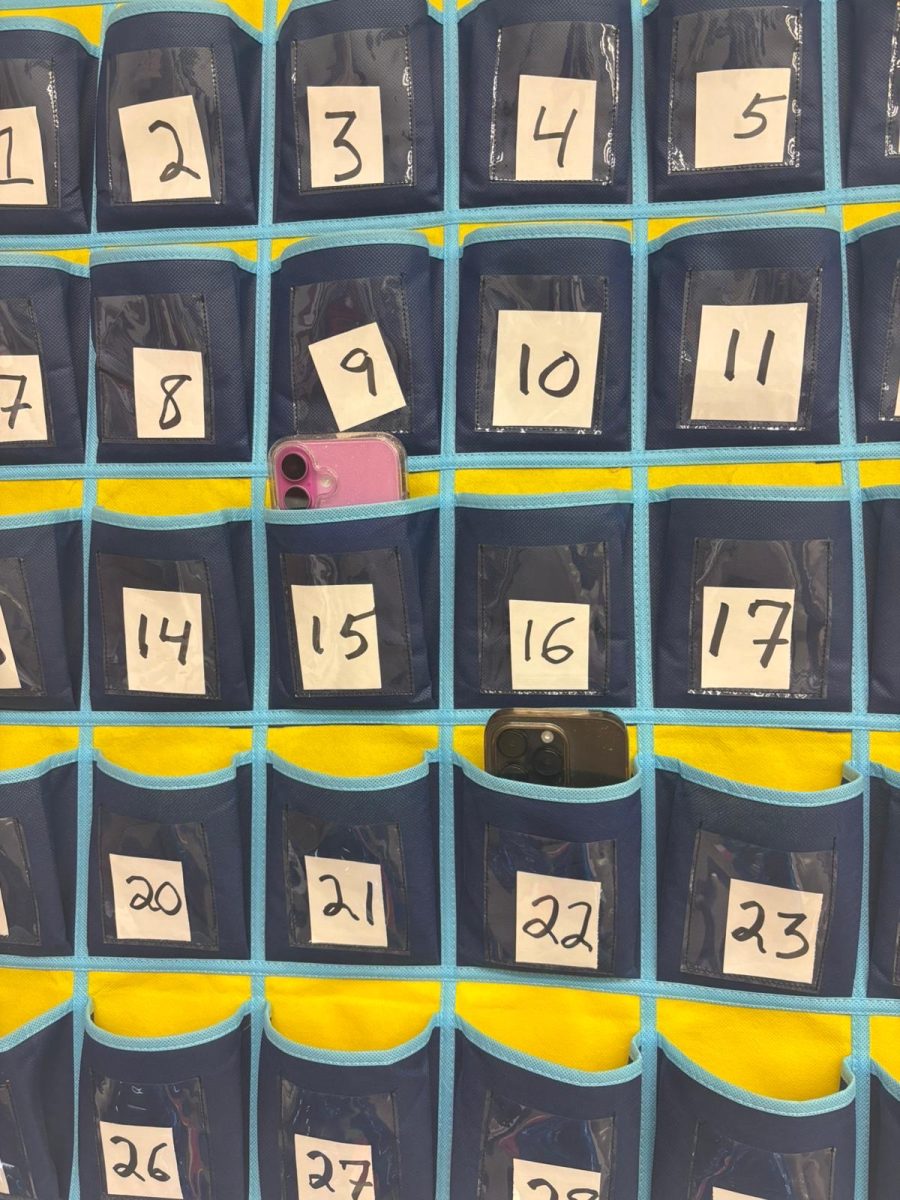
Without having an attendance policy, students may abuse that freedom and skip school, maybe even without their parents knowing. But, are schools now being too strict on the policy, or is it necessary in order to keep kids in class?
How important is the attendance rate at school?
The attendance rate says the average percentage of students that are attending school each school day. Most schools have high attendance rates, but if a school falls below the state average, the school could lose funding.
Chronic absenteeism is when more than 10% of a school year or around twenty days is being missed. Schools generally recognize three categories of absences; excused, unexcused, and disciplinary absences. Excused absences are those with a valid reason that has been told to the school by a parent or legal guardian. But, some schools have now gotten rid of allowing excused absences even with a doctor’s note or valid reasoning. Is taking away the right to observe a religious holiday or go to a doctor’s appointment going too extreme?
While parents and students usually direct their frustrations at schools directly in situations where they cannot be excused, it is not the schools that are to blame. “They’re just trying to do what’s best for the student while protecting the funding of the school at large. If a school loses enough attendance, it may even lose all of its funding from certain sources.”
Next are unexcused absences, also known as truancy, when a student misses school without a valid reason. Lastly, disciplinary absences are due to school suspension that causes a student to be out of school or class for a period of time.
Mental Health and School Attendance
Mental health issues are another major factor that contributes to absences besides physical well-being. A lot of schools, especially more recently due to Covid-19 have put an emphasis on mental health. But, maybe a bigger solution needs to occur in order for improvement to happen.
Another factor of chronic absenteeism has also been linked to trauma, this can be experiencing abuse, neglect, or loss of a loved one. More than half of students will experience a traumatic event by the time they reach adulthood, according to Waterford.org.
Regarding diagnoses of anxiety disorder and depression, the Anxiety and Depression Association of America (ADAA), is not uncommon in children.
They state that “Approximately 80 percent of children with an anxiety order and 60 percent with depression are not treated, according to ADAA, and as many as 2.8 million children aged 12 to 17 in the US have at least one major depressive episode in a year.”
Sick days
As a whole, society hasn’t been one to ever encourage taking sick days as an individual. Whether it be through school or all the way to a job. If anything, Covid-19 has taught us that more flexibility is needed to encourage sick students to stay home.
Staying home when sick is the best thing that can be done for a community at large. But if school attendance policies prohibit that, students may be no better than we are today. Changes and policies need to be reaccessed and adjusted in order for students’ safety to be ensured. Whether it be for mental or physical well-being, a couple of days off when needed could be beneficial to everyone.









